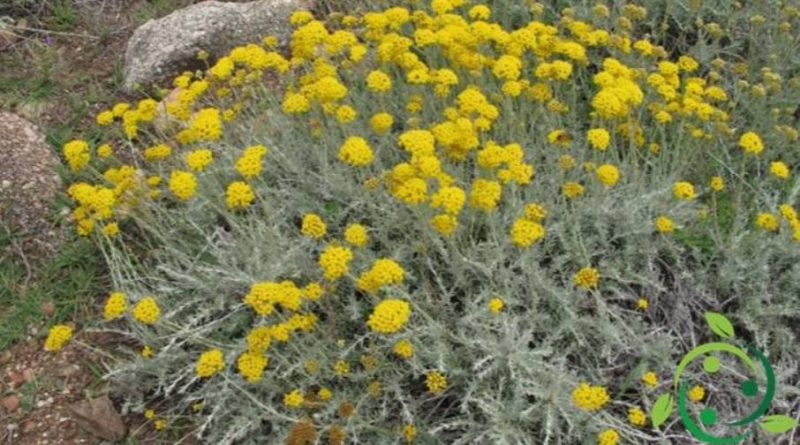How to grow the Helichrysum
How to grow the Helichrysum
The Italian helichrysum (Helichrysum italicum (Roth) G. Don, 1830) is a herbaceous species of the Asteraceae family; in this sheet we see some of its characteristics and how to cultivate the Elicriso following some essential measures. The Elicriso is a rustic plant and is well suited to growing in pots. The genus belong to about 500 different varieties, but in general its needs are very similar to those of Lavender. It is possible to put the Helichrysum at home in pots, boxes or other containers, but always with a minimum diameter of around 25-30 cm, checking that the drainage holes are wide and widespread, as any water stagnation could prove fatal for this aromatic. For the same reason, a sandy, soft and light soil is advisable, easily obtainable by mixing sand and universal soil. Before filling the container it is then strongly recommended to prepare a layer of expanded clay or pebbles on the bottom, in order to facilitate the drainage of excess water.
Made from the choice of soil in pot cultivation, the Helichrysum is a plant that does not require special measures: preferring poor soil, does not require special fertilizations and requires only moderate watering.
As for the exposure, the Elicriso prefers full sun; it is in fact a plant that is very resistant to drought, high temperatures and even wind. Native to Asia, Oceania and Europe, the plant does not tolerate the intense cold, so it will be necessary to protect the roots from frost with straw or leaves, while in areas where winter temperatures fall far below zero, it is advisable to protect it with sheets or even move it indoors.
Irrigation, if available, must be constant, but very moderate: it is always necessary to wait for the soil to dry before giving water to the plant, which is however very good at communicating its water needs. When it needs to be watered, the Elicriso will in fact slightly wither the stems, and this will be the signal to proceed. On the contrary, the excess of water could expose the plant to the attack of fungi (especially the Verticillium) and to the danger of root rot (which can prove to be fatal). In optimal conditions, the Helichrysum is instead a resistant plant that does not get sick easily. It could however be attacked by aphids, especially during the flowering period. They are tiny green lice which, feeding on the sap of the foliage, brings the latter to dryness and fall
The plant also does not need pruning: just remove the dry, faded or damaged parts, so as to encourage a flourishing growth and ward off diseases. If desired, you can intervene to maintain or restore the bushy shape.
The Helichrysum reproduces in spring in mixed soils by seed, by apical cuttings or division of the tufts.
The harvest of the helichrysum takes place in full bloom and is dried in sunny and dry places.

